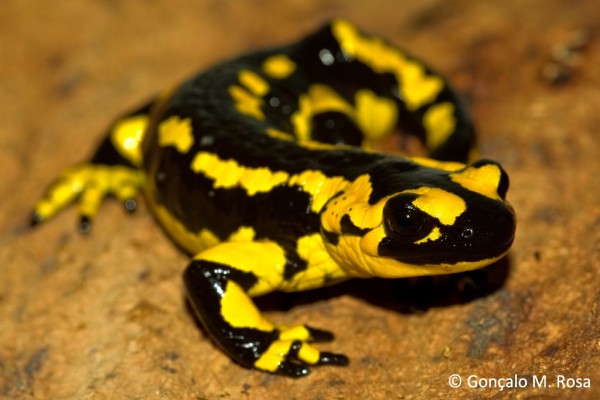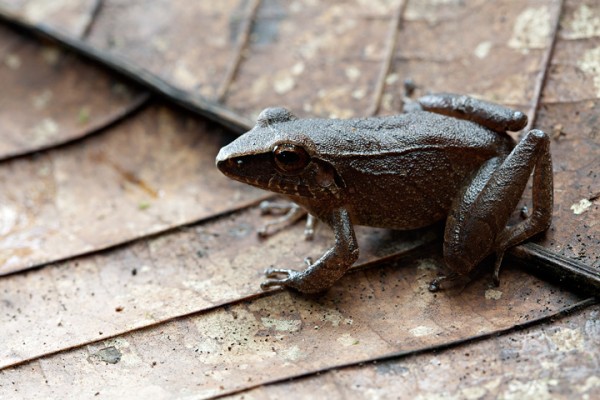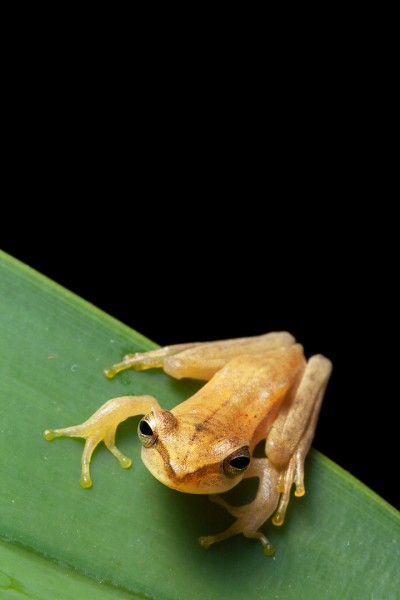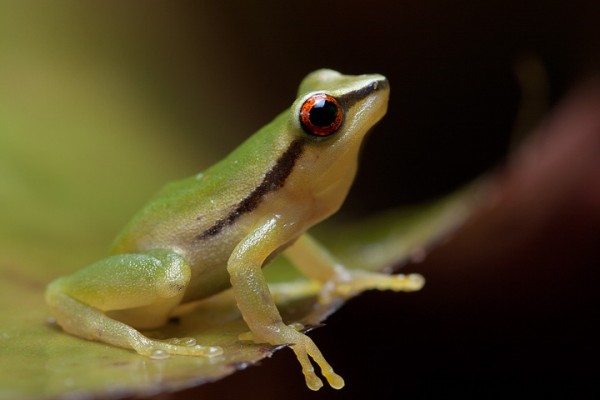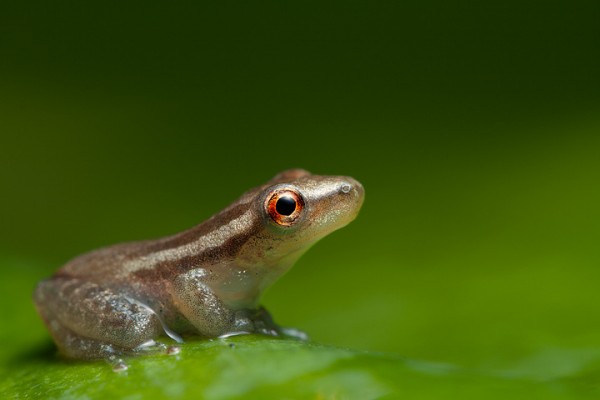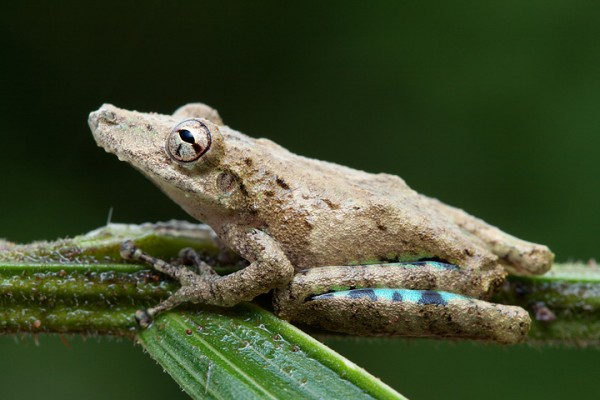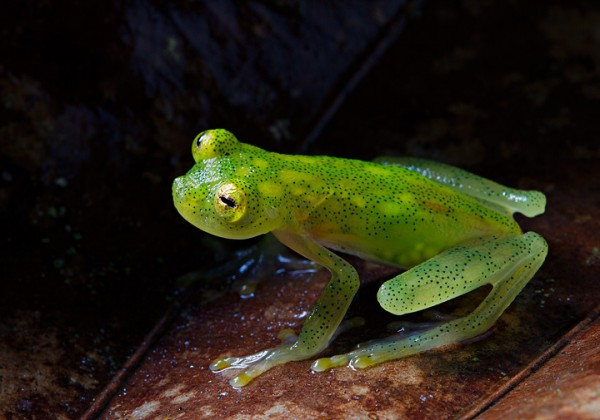Cute “Frog” of the Week: August 21, 2012
This week’s cute frog is not a frog at all, but a beautiful salamander! While this salamander (Salamandra salamandra) might have “common” in its name, its looks are anything but ordinary. This relatively large salamander usually sports a bold mix of black and yellow splotches, but some individuals can be completely black, yellow or even orange. As with many of our cute frogs, these bright colors warn predators to stay far away. The common fire salamander stores a neurotoxin called samandarine within large glands running down its back. When it feels threatened, the salamander can coat its body with the milky secretion, and can even spray the toxin at a predator using strong muscles surrounding some of the glands.
Interestingly, instead of laying eggs, female fire salamanders move to streams or ponds and give birth to tiny, well-formed larvae. Over time, the larvae grow, absorb their frilly external gills, and climb out onto land. Some subspecies even skip the larval stage entirely, and are instead born as little terrestrial salamanders!
The common fire salamander can be found across Europe and is considered to be of least concern by the IUCN. However, there are several subspecies that are in decline, and many individual countries are working to conserve their native populations. The biggest threats to these salamanders are habitat loss due to development, pollution, and predation by introduced species.
Have you seen one? If so, send in your photo to the global amphibian bioblitz!
Photo by Gonçalo M. Rosa via ARKive.
Every week the Panama Amphibian Rescue and Conservation Project posts a new photo of a cute frog from anywhere in the world with an interesting, fun and unique story to tell. Be sure to check back every Monday for the latest addition.
Send us your own cute frogs by uploading your photos here: http://www.flickr.com/groups/cutefrogoftheweek/

